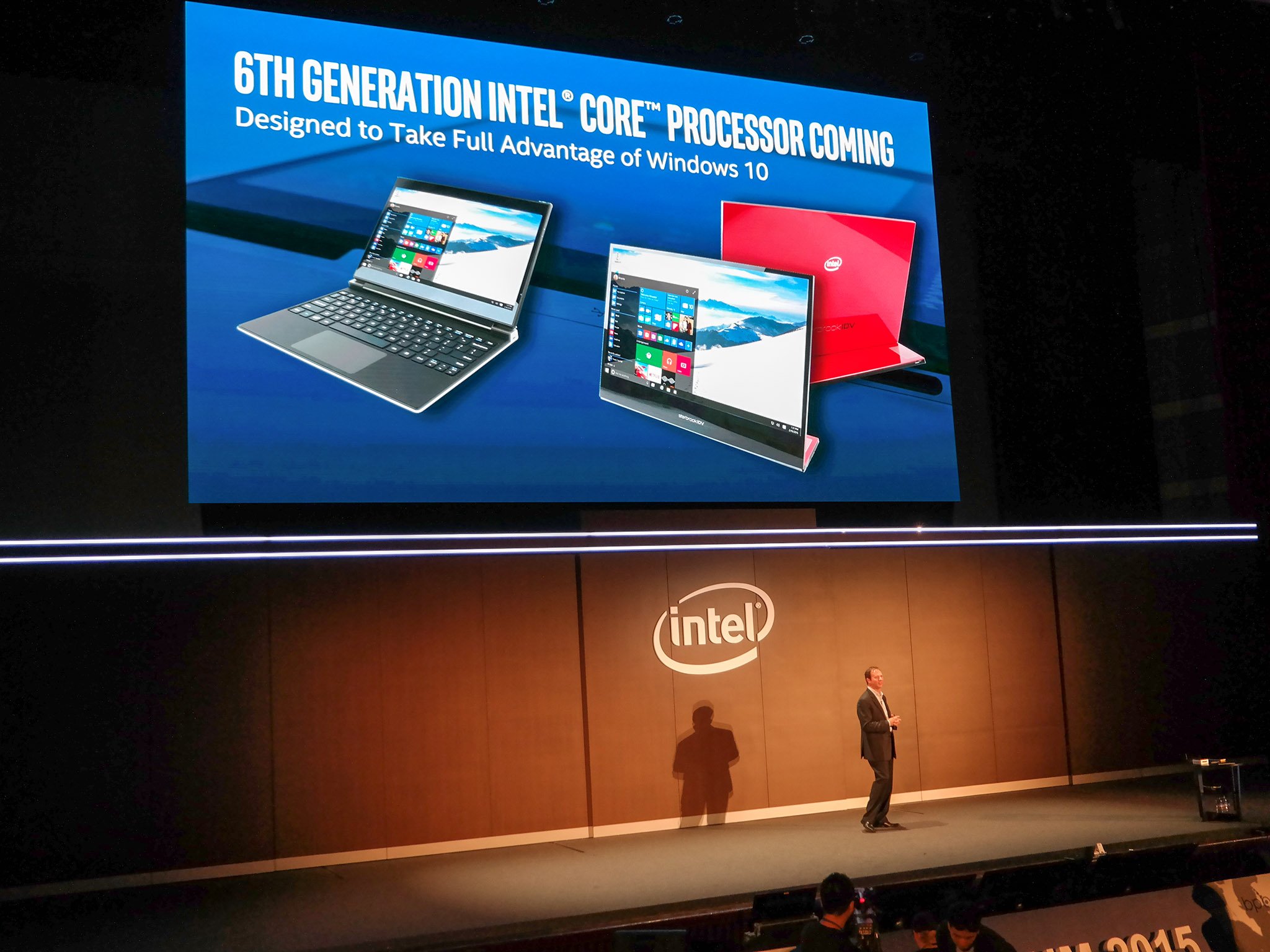Intel's Skylake processor generation detailed with improved performance

Intel has shared details of the company's next-generation processor line, codenamed Skylake. Numerous new features have been covered, including improved performance and graphics, advanced power savings, support for more than a single 4K monitor, and more.
Skylake will introduce a new feature called Speed Shift, which is a new technique designed to allow the CPU to change its power state. While Intel states its own power clock savings are rigid as of today, Speed Shift will further improve responsiveness when laptops and other devices come out of a low power mode.
Compared against Haswell and Broadwell processors, the new chips will be able to handle more instructions simultaneously, alongside Intel's new eDRAM+. This new memory subsystem is a cache of sorts that will store recently used data for both the CPU and GPU, increasing performance for tasks outside of gaming.
As for security, Intel is introducing two new extensions, the first being Software Guard eXtensions (SGX) and the second is Memory Protection eXtensions (MPX). Both will work together to build isolated sections of memory and better protect against malware in the system.
Finally, graphics were touched on. Specifically 4K screens. Skylake is able to drive three 4K panels at full resolution and 60Hz. We're also looking at a sizeable improvement when it comes to peak shader GFLOPS performance, which has been increased from 130 in Sandy Bridge chips to 1,100 in Skylake. This should be welcomed by future laptop owners who require the portable PC for multimedia.
This new tech is also what could well be powering Microsoft's next Surface Pro. We'll hopefully learn more when the chips are eventually announced officially, and we look forward to getting our hands on hardware packing the new processors.
Source: PC World
Get the Windows Central Newsletter
All the latest news, reviews, and guides for Windows and Xbox diehards.

Rich Edmonds was formerly a Senior Editor of PC hardware at Windows Central, covering everything related to PC components and NAS. He's been involved in technology for more than a decade and knows a thing or two about the magic inside a PC chassis. You can follow him on Twitter at @RichEdmonds.
